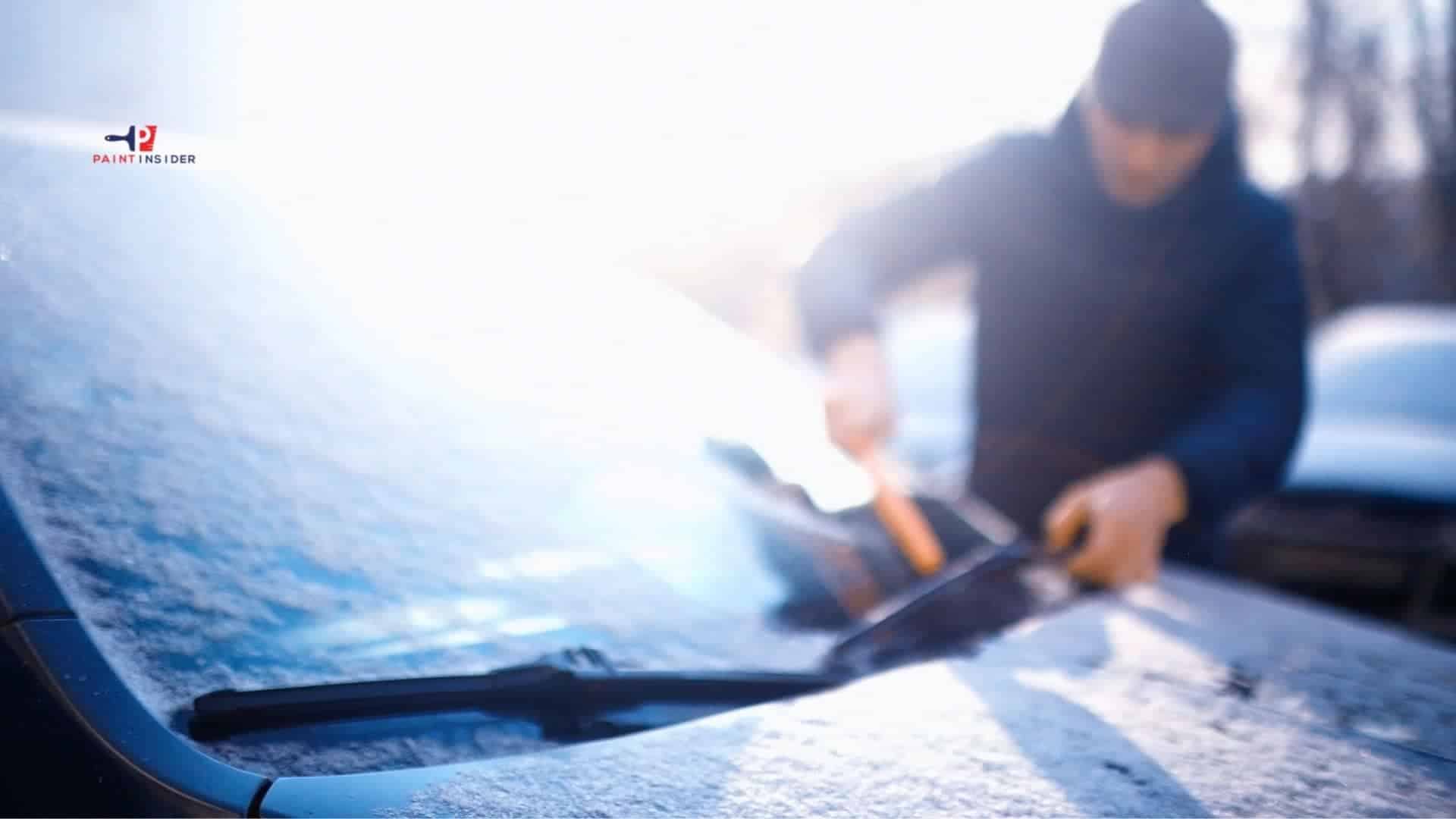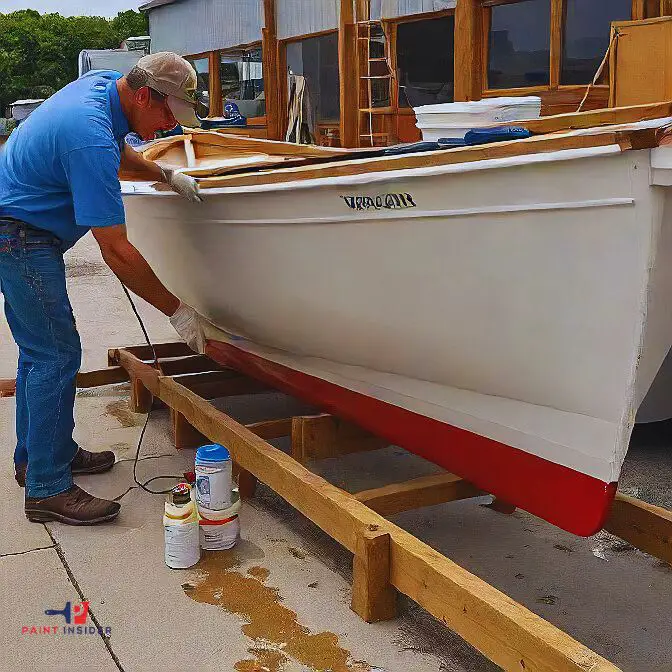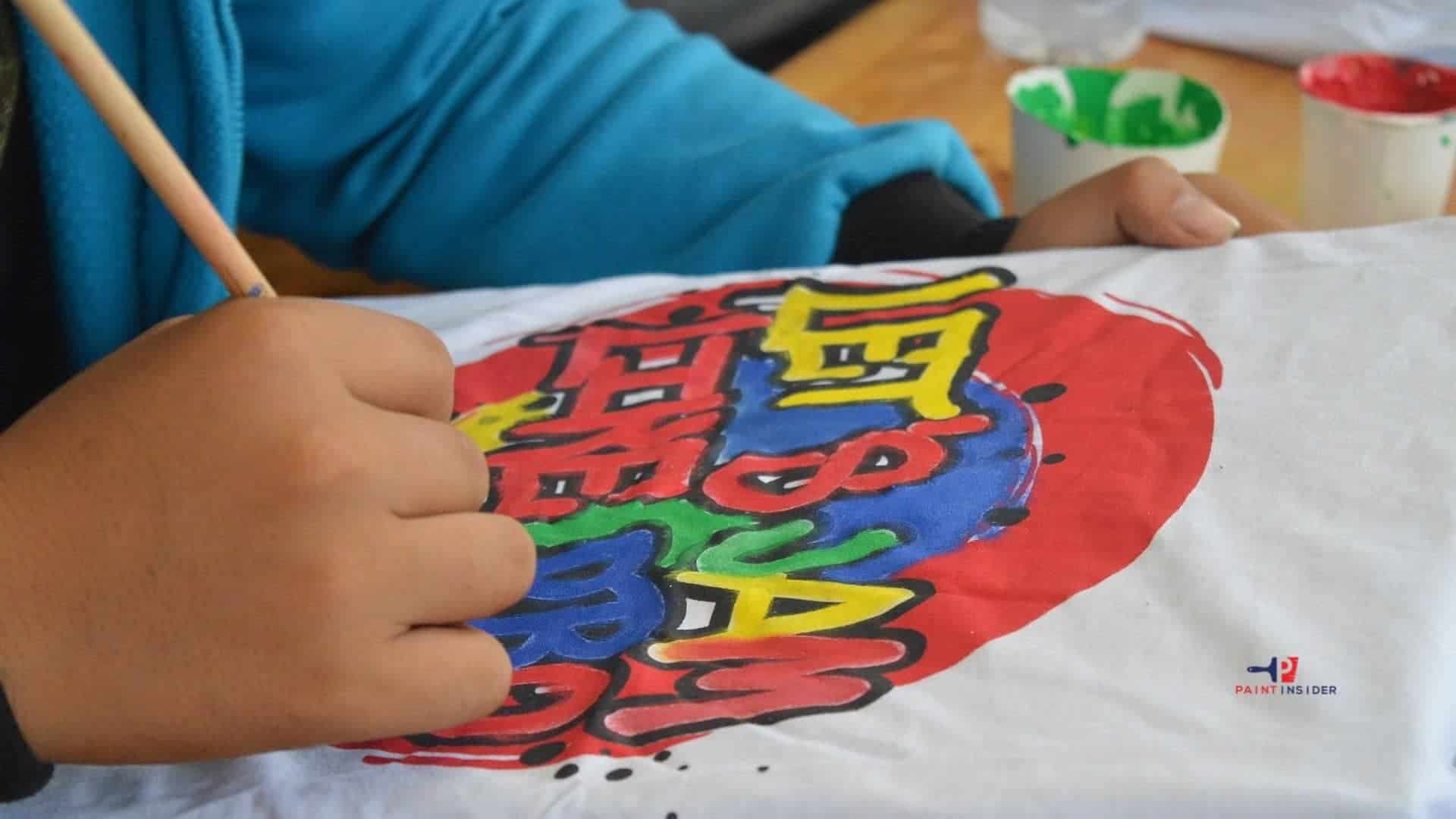You can use several methods to remove any form of overspray on your car, and in this article, you will learn how to remove overspray from the car effortlessly.
Introduction: Understanding Overspray on Cars
Overspray on cars can be a frustrating problem for any owner. It appears as an unwanted layer of paint or finish that sticks to the surface. This usually happens during nearby painting projects when the wind carries tiny droplets onto parked vehicles. It’s not just unsightly; if not dealt with quickly, overspray can cause lasting damage. Understanding this issue is important for anyone who cares about their car’s look and lifespan.
The good news is that overspray doesn’t have to ruin your vehicle. With the right tools and methods, removal can be easy. From clay bars to special solvents, there are many solutions for different levels of overspray. Using the right techniques not only restores your car’s shine but also helps you learn more about maintenance, turning you into a knowledgeable owner who cares for your vehicle’s appearance and condition. So, when you face this annoying issue, remember: it’s all part of mastering automotive care!
2 Sure Ways to Remove Overspray From the Car
Getting rid of overspray is not a walk in the park; you may need to learn a few tips and tricks on how to go about it. Because the overspray may be so stubborn to remove, it would be helpful to consider seeking advice from experienced persons. You don’t want to cause more damage to other parts of your car.
If you are a DIY person, you may opt to employ the tips discussed in this article because you don’t want to spend a fortune to remove overspray from your car. Continue reading to discover more content regarding the topic.
Method 1: Using a Clay Bar on Painted Surfaces
Step 1 – Acquire A Clay Bar: Clay bars produce excellent results when used to remove overspray from all manner of surfaces. Consider acquiring a suitable greasing substance to be used alongside your clay bar. If you can access a proper lubricant, consider using motor soap and clean water to do the job.
Step 2 – Prepare A Clean Surface On Your Clay: Be sure to use a clean clay bar for your project. Using a brand-new clay bar will do the trick. However, you can still reuse an old one; ensure that the clay bar is clean while using it on the overspray. It would be helpful to wring the clay bar until you achieve a clean surface before using it.
Note that you should consider storing your clay bar safely (preferably in a container) to shield it from dust particles and unwanted dirt. If you don’t keep it correctly, dust particles will most likely accumulate on Its surface, and they will harm your car’s surface on subsequent use.
Step 3 – Apply The Lubricant: It is always a good practice to prepare the surface before you start using your clay bar to get rid of overspray. Start by applying a significant amount of your lube on the surface. Ensure your car surface is greased correctly before moving to the subsequent stage.
Step 4 – Knead The Clay Bar Over The Affected Areas: Apply your clay bar to the affected parts and work the overspray thoroughly. Note that you may feel a drag on the surface as you rub your clay bar on the stains, indicating that overspray is beginning to come off the surface. Continue working on the spots until you can no longer feel any friction between the two characters.
Step 5 – Removing The Residue: Use a suitable cleaner, preferably a motor body cleaner, to remove any residue that might be present. Take a clean piece of towel to wipe the surface clean. Be sure to use a sprayer when applying your cleaner for effective results.
Step 6 – Doing Finishing: At this point, you may consider using a dry towel to do your final touches on your paintwork. Be sure to use a small textured towel to wipe your surface to achieve consistent results. It might help if you sprayed a little more of your cleaner at this stage.
Rub your cloth over the surface of your paintwork to achieve a smooth and consistent finish on your car. The longer you keep waiting, the more damage the overspray does to your paintwork.
Consider removing overwork from your vehicle while it is still fresh. Note that you can also use a scalpel to remove dried paint stains
Alternative Method: Getting Rid Of Overspray Using Alcohol
Step 1 – Add A Significant Amount Of Alcohol To The Overspray: You can remove the overspray of latex paint simply using a few drops of alcohol and a clean piece of cloth. Note that you will use an amount of alcohol that will complete the surface affected. Be sure to use even and consistent strokes when applying alcohol to the overspray.
Step 2 – Allow The Alcohol To React With The Paint: Be sure to allow your drink a sufficient amount of time, preferably half a minute, to respond to the paint overspray before proceeding to the next step.
Step 3 – Cleaning the alcohol: After ascertaining that the reaction has taken place successfully, take a clean towel and wipe over the overspray spots. At this point, the overspray should be able to come off quickly as you brush over the surface. It would be helpful for you to use a razor blade to remove sticky stains.
Step 4 – Removing The Residue: Be sure to use suitable soap and water to eliminate any traces of paint and alcohol. Immerse a rag in a soapy solution and wash the affected areas on your car. Be sure to clean all traces of paint and alcohol before allowing the affected parts time to dry.
Step 5 – Applying A Lube And Doing Finishing: Be sure to make the surface as clean as possible by cleaning it thoroughly. It would be helpful to use a soapy solution to lubricate the affected parts before you can do any cleaning. Choose whatever approach is suitable for you when lubing the affected areas.
The longer you keep waiting, the more damage the overspray does to your paintwork. It would be helpful to remove overwork from your car while it is still fresh. Consider using a scalpel to remove dried paint stains.
Getting rid of overspray from your car doesn’t have to be a mind-boggling affair. If you are a do-it-yourself person, you can apply the steps highlighted above to remove any form of overspray from your car effortlessly. On that note, some stains may be difficult to deal with. In this case, you might want to seek the services of experienced personnel to help you out.
Clay bars and alcohol are the two commonly used substances when removing any form of paint overspray. However, there are many methods you can employ depending on the nature of overspray on your car. It is essential to get rid of any overspray on your vehicle as soon as you notice it.

Preventing Future Overspray Issues
Preventing future overspray issues starts with a proactive approach to your painting environment. Whether you’re working in your garage or an outdoor space, ensure that the area is well-ventilated and protected from wind. Using tarps, drop cloths, or even specialized overspray barriers can create a physical shield between your project and surrounding surfaces. Also, consider the equipment you’re using; high-quality spray guns equipped with fine nozzles can minimize excess mist and help you maintain control over coverage areas.
Education is another powerful tool in preventing overspray mishaps. Familiarize yourself with various paint types and their specific application techniques some may produce more mist than others due to viscosity or chemical composition. For instance, opting for less volatile products can lead to reduced airborne particles while offering a smoother finish. Finally, don’t underestimate practice; honing your technique on scrap material before tackling the actual job not only builds skill but also helps you understand how much product is actually needed, reducing waste and accidents alike.
Conclusion: Restoring Your Car’s Finish
Restoring your car’s finish after overspray doesn’t have to be hard. One effective method is using clay bars, which lift contaminants gently without harming the paint. This not only removes overspray but also makes your vehicle look better by creating a smooth finish that reflects light well. Use high-quality wax or sealant afterward to keep the shine and protect against future damage.
If DIY methods don’t work, consider hiring professional detailing services. Skilled detailers have advanced tools and products that can remove overspray and restore faded finishes. Also, keep up with regular maintenance like frequent washes and protective coatings; these will help prevent overspray and maintain your car’s value. A little effort now ensures a great shine later!




















